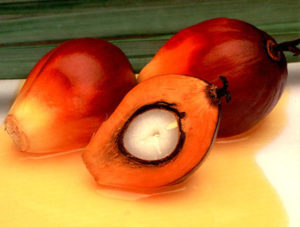
Palm oil: Alternative lipid source in aquaculture feeds
One potential substitute for fish oil in aquafeeds is palm oil, which is the second most abundant vegetable oil in the world.
Studies at the Thad Cochran National Warmwater Aquaculture Center show that adding menhaden oil to catfish diets can produce fillets with more omega-3s.

One potential substitute for fish oil in aquafeeds is palm oil, which is the second most abundant vegetable oil in the world.
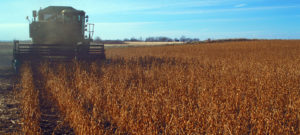
An important limiting factor to the inclusion of some vegetable ingredients in aquafeeds is the presence of toxic secondary compounds, or antinutrients, in the ingredients.

Aquafeed study showed that an experimental diet with low levels of vegetable replacements for marine ingredients still produced acceptable results.
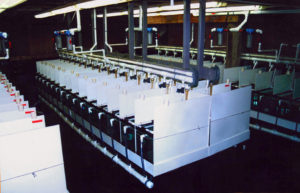
Research in culture systems without water exchange indicates that dietary protein levels have great impact on dissolved inorganic nitrogen loading.

U.S. commercial culture of freshwater prawns has increased thanks to added substrate, increased stocking densities and feed rates and size grading.

Given the finite supply of fishmeal and other marine protein sources, alternative ingredients are needed to replace fishmeal for production diets for marine fish.
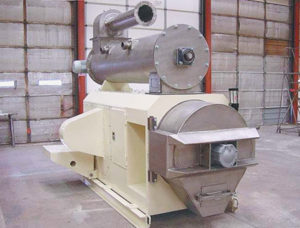
Pressurized conditioners offer an alternative preconditioning technology to improve pellet quality, increase capacity and feed conversion and pasteurize feed.
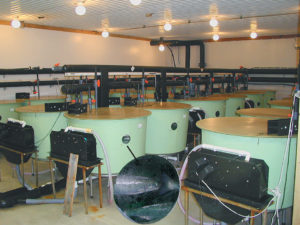
Nucleotides are basic building blocks of the nucleic acids DNA and RNA, and necessary elements in the their replication during cell division and renewal.
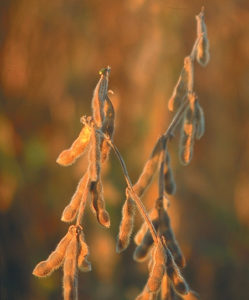
Soybean meal has the largest market share of all protein meals used in the production of single-stomach animals, and is a major component of aquafeeds.

The redclaw, an Australian freshwater crayfish, is produced in Mexico using aquafeeds formulated for fish, penaeid shrimp and freshwater prawns.

Formulated microdiets, which are easier to maintain and have a lower production cost than live prey, offer an alternative food source to rotifers and artemia.

Creating formulated diets for fish larvae is difficult because estimating nutritional requirements cannot be done using traditional nutritional approaches.

No official data are available concerning the production of certified organic aquaculture products, but it is primarily from European countries.

Aquaculture feed manufacturers in the Americas – with the exception of a few countries like Ecuador – have relied on short-term, single-pass conditioners.

The choice of shrimp feeds or feeding regimes can have a profound effect on the rearing conditions and health of the cultured species.